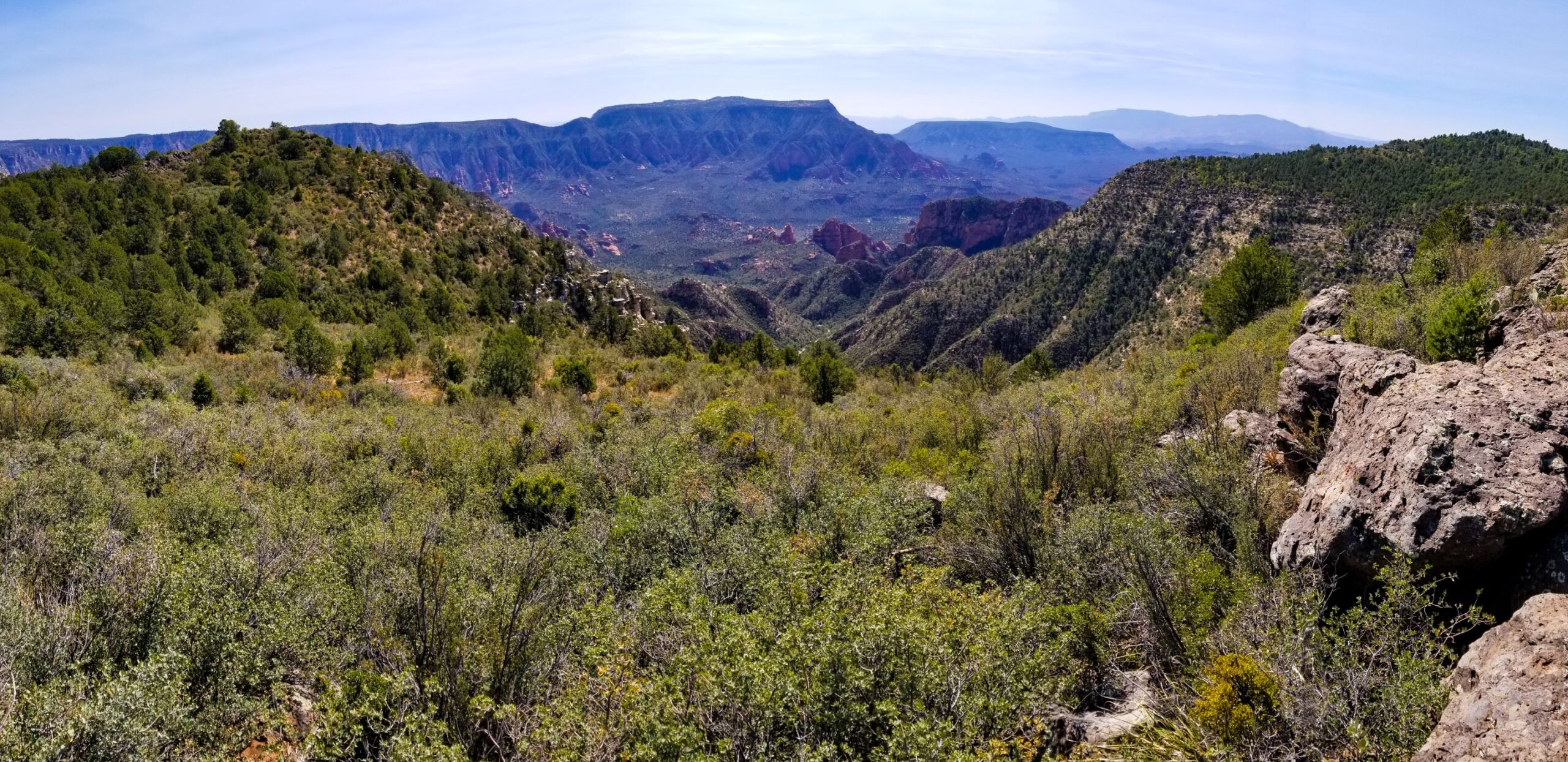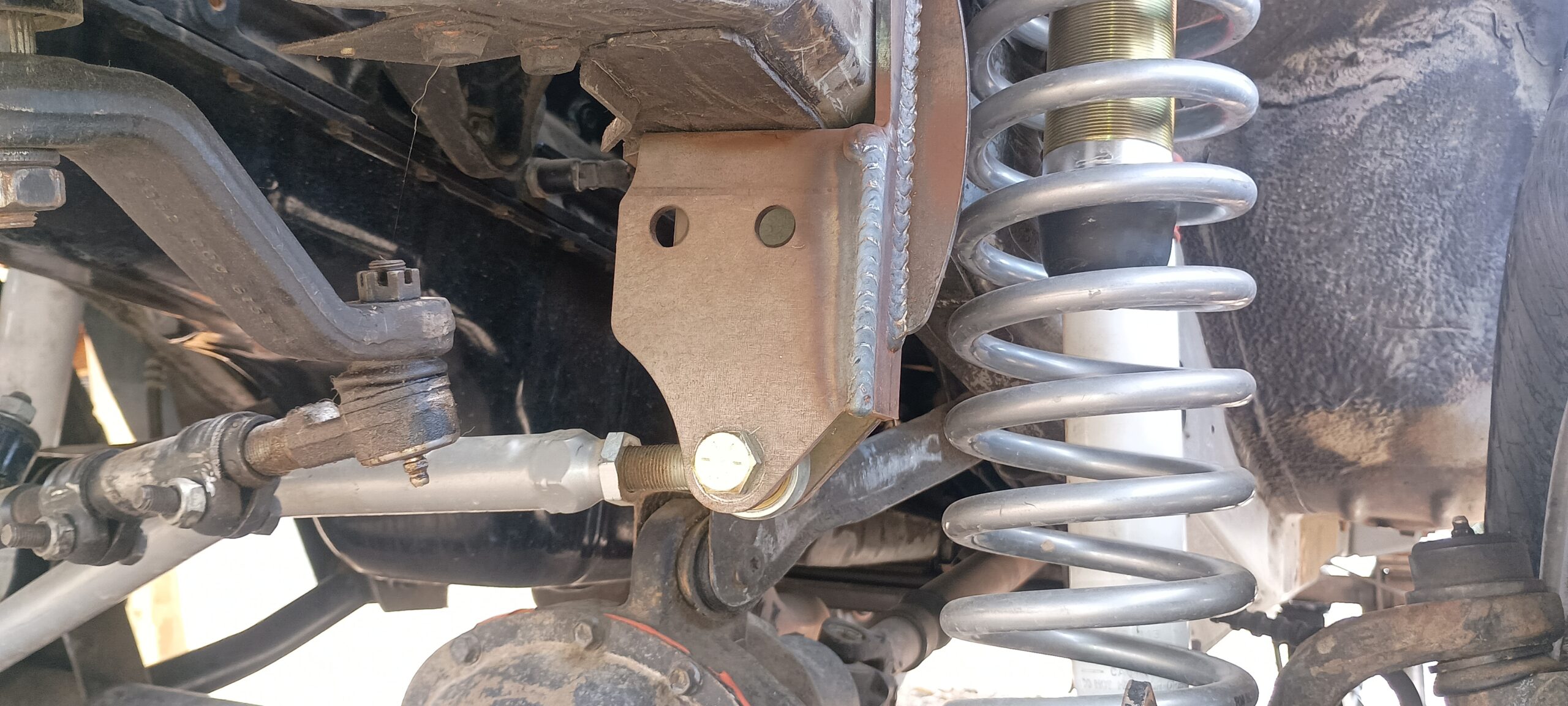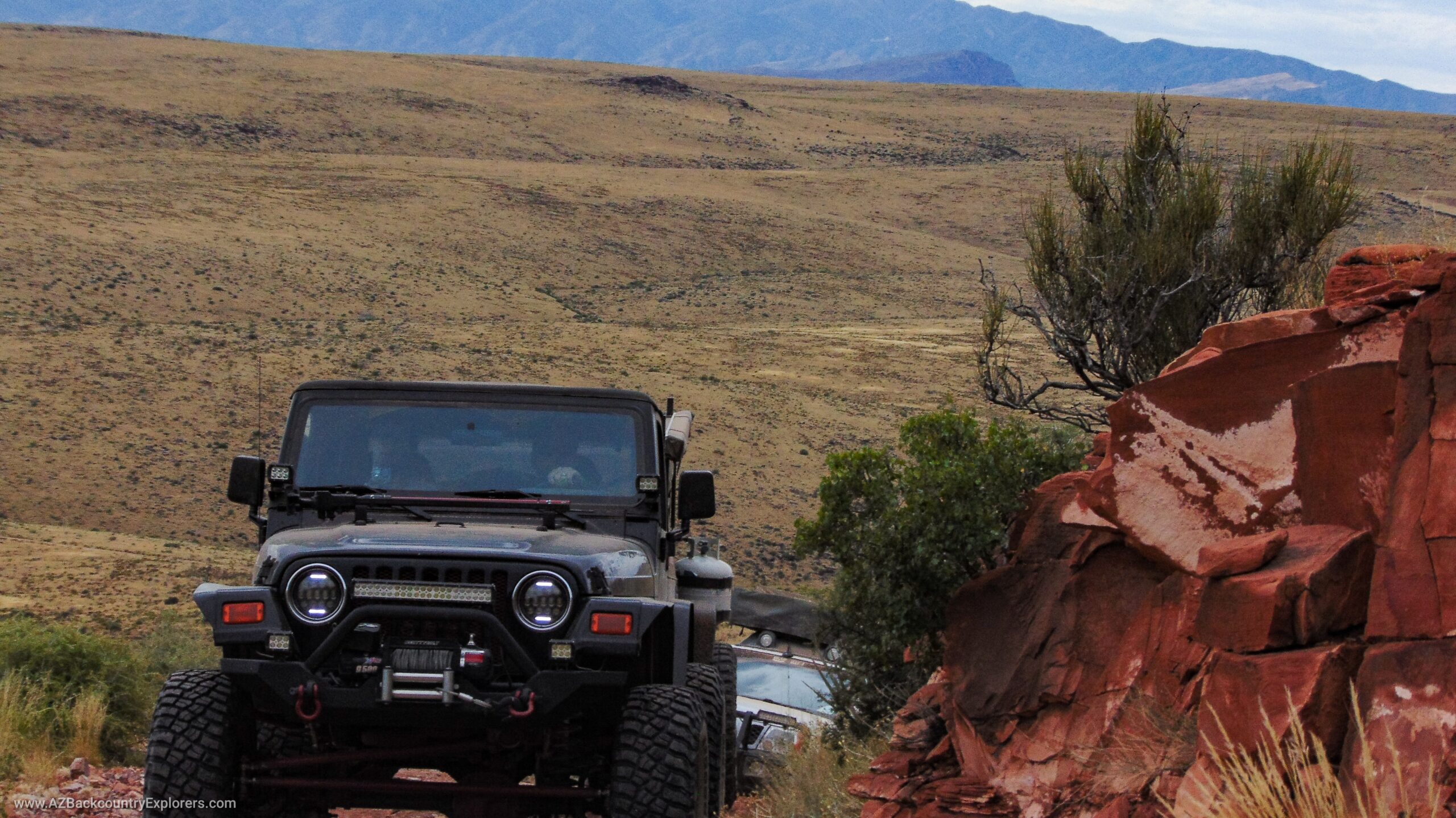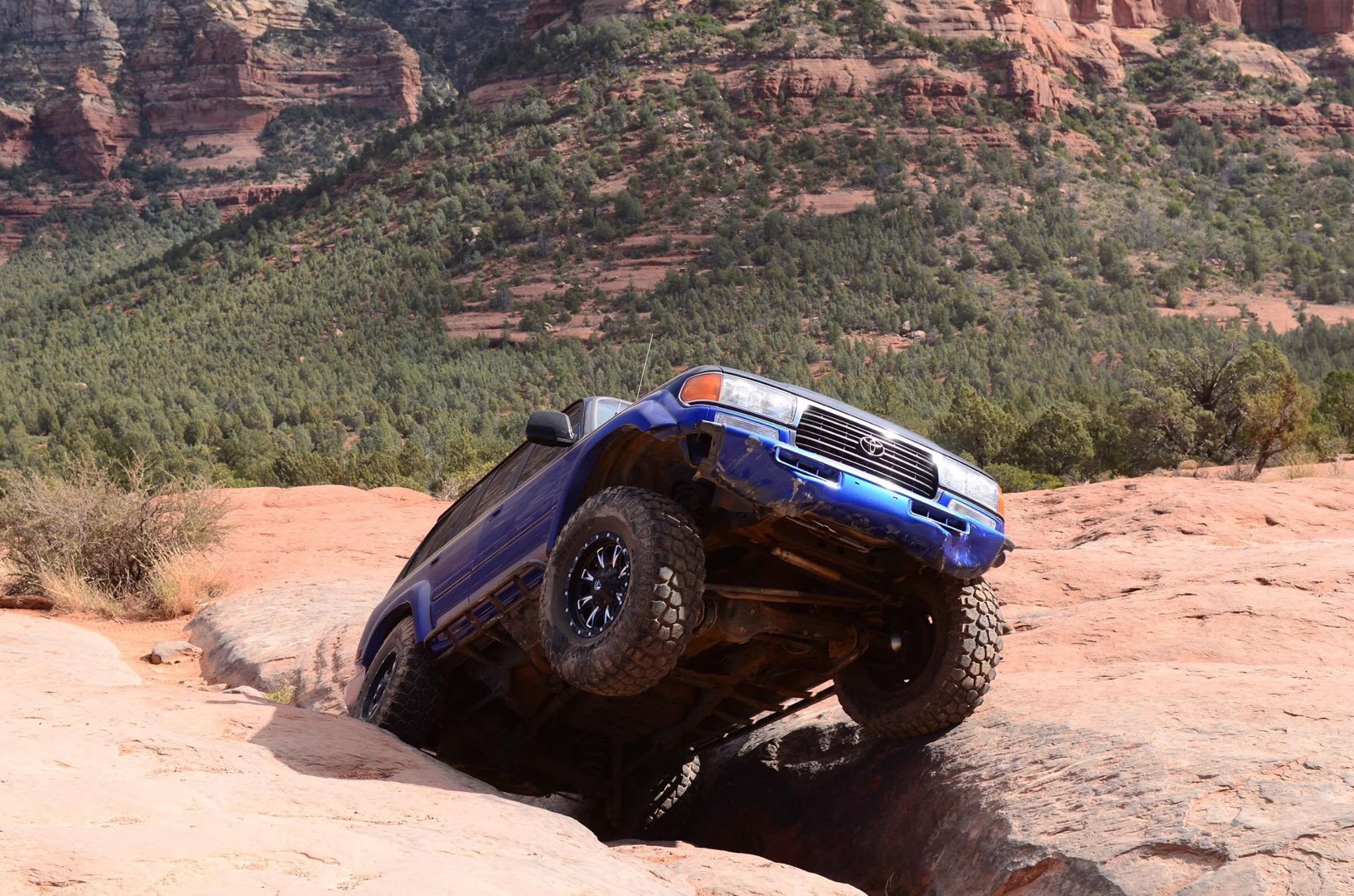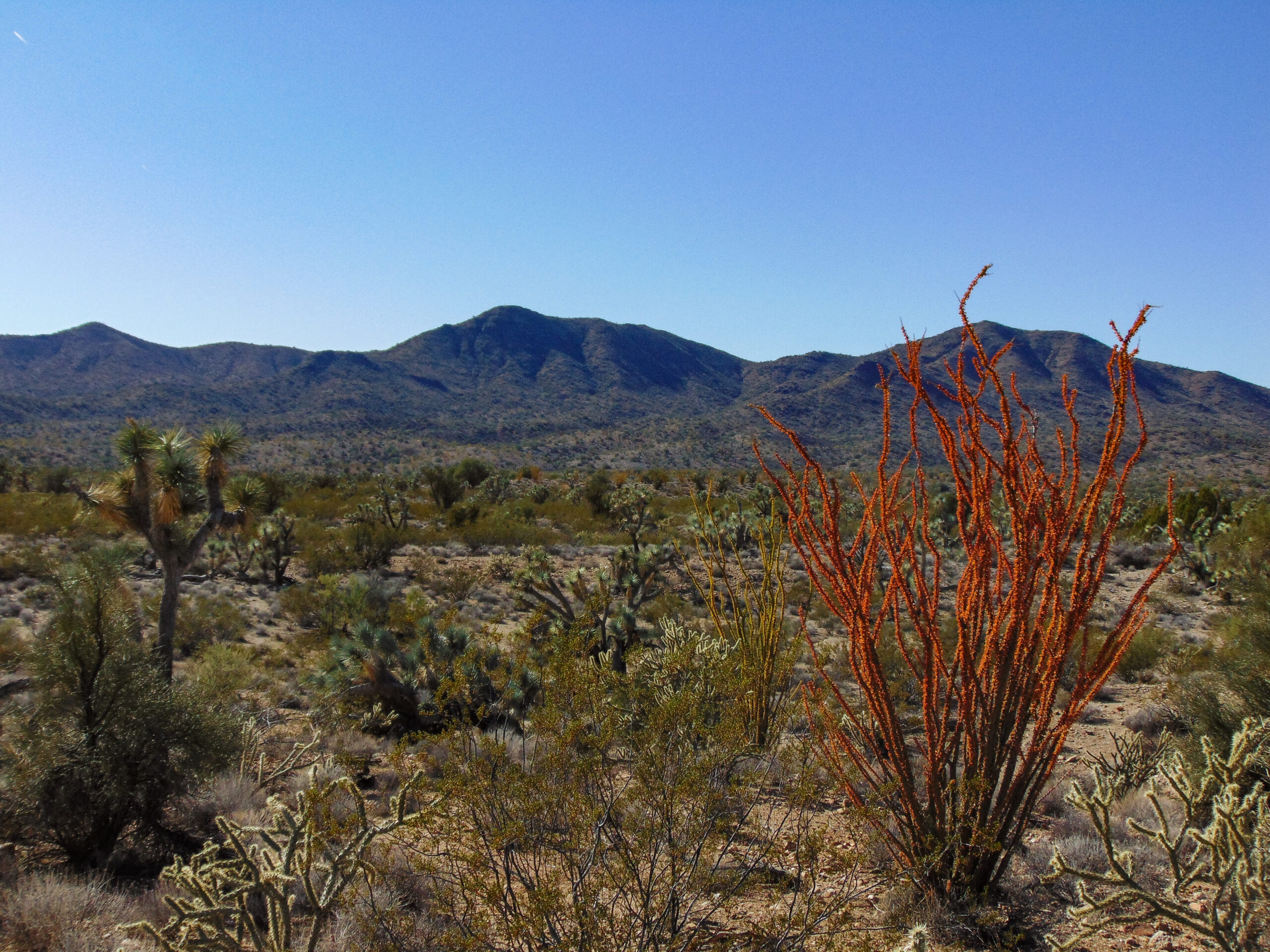Congressional nullification opens the door for Arizona courts to decide on road closures
Nullifying The USDA Forest Service Travel Management Rule 36 CFR 212 will open the door for an Arizona court of competent jurisdiction to close roads over Federal public lands. Local control could be the best chance we have to keep motorized access open.

Ignoring the law
Aside from the constitutional concerns, administrative procedure violations, and congressional representation, we encounter an ignorance of RS 2477. When questioned about RS 2477 roads, our federal land managers say the burden of proof is our responsibility. I strongly disagree. The federal law that acknowledges RS 2477 roads is the same law that enables the state to claim the rights to RS 2477 roads.
Representative Mark Finchem proposed legislation to claim all RS 2477 roads over federal land. The bill was passed and became ARS 37 931. The Arizona law clearly says only a “court of competent jurisdiction” can close a road that pre-dates the existence of the FLPMA. The law also acknowledges the state’s right to widen and pave the road or build highways, regardless of condition.
Timeline of the off-road community
In 1976 the off-road community was tiny. It primarily consisted of full-size four-wheel-drive vehicles, Jeeps, and motorcycles. Since 1976 the off-road community has grown exponentially. The unfortunate result is the formulation of more and more roads. As discussed above, these roads do not fall under RS2477.
In the 1980s, the ATC and ATV were released to the market. From this point on, the most inexperienced riders could obtain a trail-ready machine for under $3,000. Between the 1980s and today, the offroad community encountered massive growth. The once small, tight-knit community of Jeep, Bronco, Scout, and motorcycle enthusiasts became the minority.
Now, here we are in 2020 with a whole new machine on the market. The side by side, or better known as the UTV, was single-handedly the most impressive increase the off-road industry has ever seen. In Arizona, UTV’s make up an estimated 43% of our community and has a massive influence on policymaking, economic impact, and public perception.
Conclusion
Between 1976 and today, many new roads have been created as a result of better access to our public lands. These roads should be managed according to law. As mentioned above, if laws, acts, and statues already allow the closure of roads, especially roads built after 1976, why would we allow even more bureaucratic rules and regulations?
The bottom line is, the Travel Management Rule 36 CFR 212 took existing travel management laws, acts, and statutes to the next level. The Obama-era rule supercharged the already existing laws, acts, and statutes that were put in place in the 1970s. The travel management rule took decision-making away from the Forest Service, the people of Arizona, our elected officials, state agencies, and local organizations such as the Tonto Recreation Alliance.
Decision making is granted to out of state environmental groups. Environmental groups now do the studies, make the recommendations, and give us our alternatives. This is not how the founding fathers intended it. The laws the federal bureaucracy are violating, are meant to protect rural America, our community, and the people who shoulder the consequence.
These laws acts and statutes were enacted by the dully elected men and women who represent the people. Our community leaders, state representatives, and courts should have the final say when closing any roads within state lines. Congressional Nullification of 36 CFR 212 will put the power of government in the hands of the people. Exactly what the founding fathers intended.
